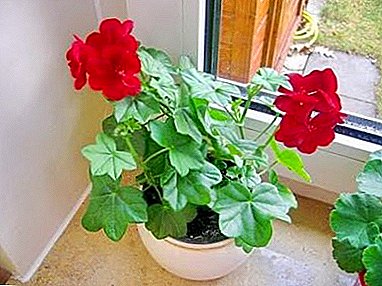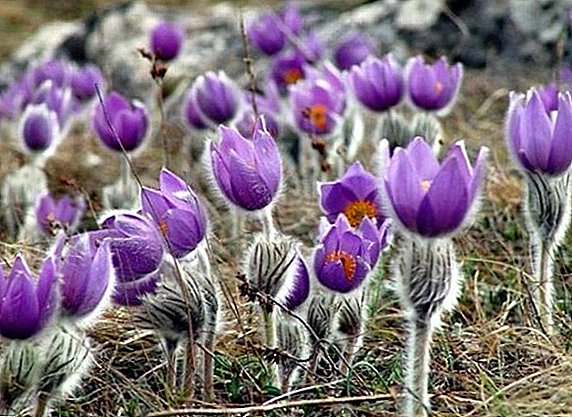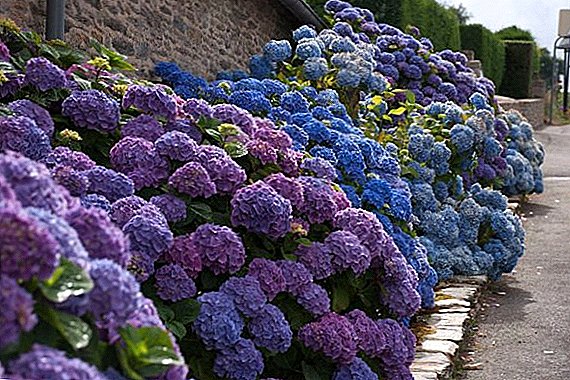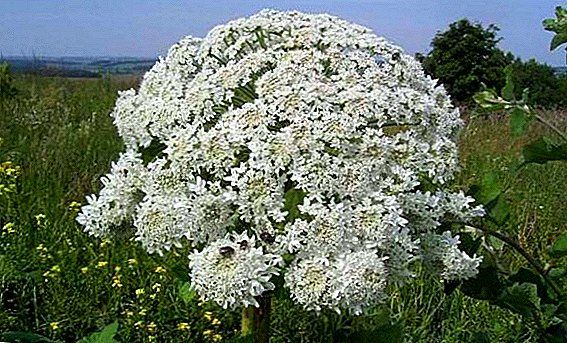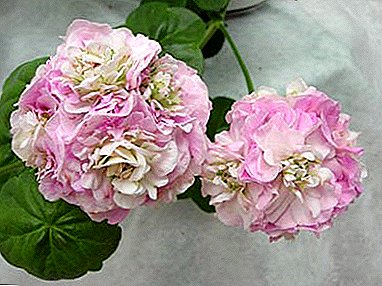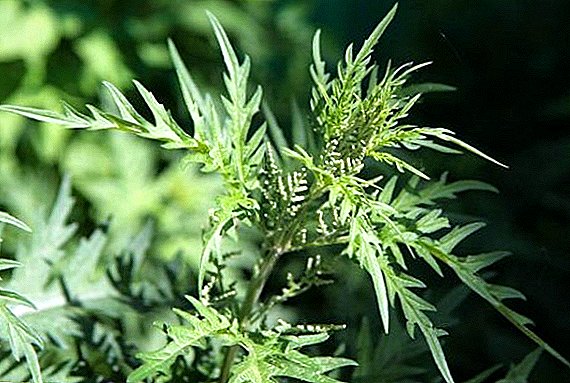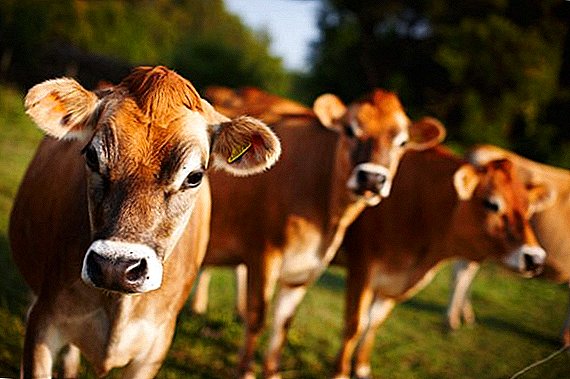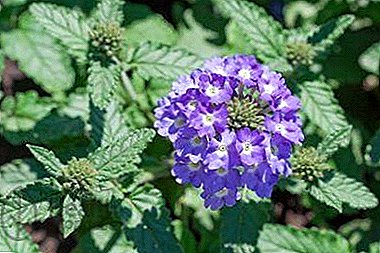
Verbena officinalis - a unique plant that combines aesthetic appeal, unique healing properties and the possibility of use in cooking.
The article will tell you what kind of healing properties the plant possesses, how to use it properly in various diseases.
And also explain in detail how to harvest and store Verbena medicinal so as to preserve as much as possible all the useful elements of the plant.
What is this grass?
Perennial herbaceous plant, reaching a height of half a meter, with an erect stem and developed a powerful root system. Stem is tetrahedral, with a slight pubescence, in the upper part of the branch. The leaves are attached to short stalks. The only type of vervain that is approved for use in official medicine. In the garden, the plant is cultivated as an annual.
A photo
In the photo below you can see how the Verbena plant looks like:



Chemical composition
Verbena officinalis contains in its composition:
- Essential oils.
- Bitterness and mucus.
- Sitosterol
- Tannins.
- Artemetin.
- Verbenalin.
- Hastatoside.
Medicinal properties
Verbena can purify the blood, resist harmful bacteria, reduce inflammation, suppress viruses and have a strengthening effect on the body.
The plant is able to debug the work of the liver, eliminate malfunctions of food digestion, whet the appetite and renew the body at the cellular level, bringing the metabolism to an active state by increasing the secretion of gastric juice.
Preparations based on the raw materials of this plant have antipyretic effect, increase perspiration, relieve muscle spasms.
In complex therapy, the herb can heal thrombosis, thrombophlebitis, rheumatism and gout. The plant perfectly eliminates the symptoms of allergies, helps with cholecystitis, gastritis and hepatitis.
Application
Cough
 Cough successfully treated with decoction and tea from vervain.
Cough successfully treated with decoction and tea from vervain.
Cooking method:
- In a glass of boiling water brew one tablespoon of flowers and leaves of verbena.
- The composition should infuse for twenty minutes.
In order to achieve quick results, the resulting drug should be consumed several sips four times a day before meals.
Cold and flu
To get rid of the high temperature and unpleasant sensations that accompany colds, it is necessary to use verbena tea prepared according to the following recipe:
- For brewing one tablespoon of herbs use half a liter of boiling water.
- Compound boil for five minutes.
- Leave the broth to infuse for twenty minutes.
The optimal rate of use is fifty milliliters, with a frequency of three to four times a day.
Insomnia and Migraine
Verbena tincture will help to overcome insomnia and migraine. It is prepared as follows:
- Measure out two teaspoons of raw materials and pour them with a glass of boiling water.
- The resulting composition should be infused for at least ten minutes.
- After all the manipulations drink filter.
Use no more than half a glass twice a day one hour before meals.
Atherosclerosis
To effectively clean the blood vessels and improve blood circulation, an infusion is prepared:
- At least three teaspoons of herbs pour in a glass container and brew a glass of boiling water.
- Cover with a lid and wait until it infuses - it's about three hours.
- Separate the liquid from the ground.
Reception is troublesome - every hour a tablespoon, but the result is worth it.
Physical fatigue and nervous tension
To cope with the breakdown of strength and improve the tone of the body, verbena should be taken as a decoction:
- One tablespoon with a heap of crushed verbena pour a glass of boiling water.
- Insist at least two hours.
- Drain the broth, separating the leaves, stems and flowers.
Drink half a glass three times a day.
Violation of the menstrual cycle
 If menstruation is scanty and short-lived. This failure in the body often has a psycho-emotional nature, and an effective treatment will be the relaxation of the nervous system.
If menstruation is scanty and short-lived. This failure in the body often has a psycho-emotional nature, and an effective treatment will be the relaxation of the nervous system.
Vervaina tincture will help to cope with the menstrual failure in the body prepared according to the same recipe as for insomnia with migraine. The unique ability of verbena medicinal to simultaneously provide a sedative and mild tonic effect will help restore the cycle.
How to use wild-growing raw materials in dermatology?
When using vervain in dermatology, its antiseptic properties come to the fore. Outwardly, the herb is used for purulent skin lesions: boils, ulcers, furunculosis, and poorly healing wounds. It is also effective in dermatitis and acne.
Harvesting and storage
For medicinal purposes, use the aerial parts of the plant and the roots. The collection takes place from July to September. This period has flowering. At this particular time, the maximum amount of active substances is concentrated in verbena.
Is it suitable for cooking?
Verbena can be used not only as a healing tool. It is also widely used for preservation and pickles, which adds to them a spicy aroma and a special taste. The leaves and flowers of the plant are used as an analogue of tea.
Conditions of detention
Lighting
For landing vervain fit well-lit places, without close location of groundwater and strong winds. If it is not possible to provide sufficient lighting, it is permissible to land vervain in partial shade.
Air and temperature
The plant tolerates high summer temperatures well, but the minus indicators of the thermometer can be disastrous for verbena.
The soil
The plant is quite unpretentious to the composition of the soil, It can successfully grow on fertile loams, as well as on poor soils dug up with sand.
Watering
During the active growing season, verbena needs additional watering. After the phase is completed, watering is reduced.
Top dressing
Organic matter is applied under the shrub only once per season, in order to avoid intensive growth of greenery, to the detriment of flowering. Phosphate-potassium supplements are applied once every two weeks.
Transplant and landing
 For planting using the rassadny method according to the following scheme:
For planting using the rassadny method according to the following scheme:
- The sowing period is the end of February.
- The pots are filled with a pre-disinfected mixture of peat and sand.
- Verbena seeds are laid out on the surface of the soil and slightly pressed.
- On top of the tank tension film.
- When the first shoots appear, the film is removed, and the container is placed on a well-lit window sill.
- Crops should be sprayed regularly.
- After the seedlings form two full leaves, the seedlings swoop.
- When a young plant is ten centimeters high, it needs to be pinched.
- The herbaceous plant is moved to the open ground, when the threat of spring frosts finally passes.
Repotting the plant is best by transhipment.
Breeding
Verbena can be propagated in spring by cutting as follows:
- Cut off the tops of the shoots, retaining at least four internodes.
- Remove all leaves, except the apical pair.
- The resulting cuttings should be buried a couple of centimeters in the sand, so that one kidney is covered with soil.
- Cover with planting film and keep the sand wet.
- After three weeks, when shoots begin to appear, remove the film.
Important! Rooted cuttings are planted in open ground at the same time as the seedlings.
Diseases and problems
Verbena refers to plants with a high resistance to diseases and pests, but if you do not comply with agricultural practices and adverse weather conditions, the following problems may arise:
- Gray rot - fungal disease. It occurs if the ground is constantly over-humidified. Fight against the disease can be with the help of fungicidal drugs.
- Aphid - Excessively dry air can provoke verbena damage by this sucking insect. At the first manifestations of the plant must be treated with insecticides.
The verbena medicinal plant, which is almost universal in its application, not only helps in solving health problems, but can also have a preventive strengthening effect on the body. In addition to its healing properties, the grass can also become a true decoration of the garden, because in summer it is covered with delicate lilac-lilac inflorescences.


